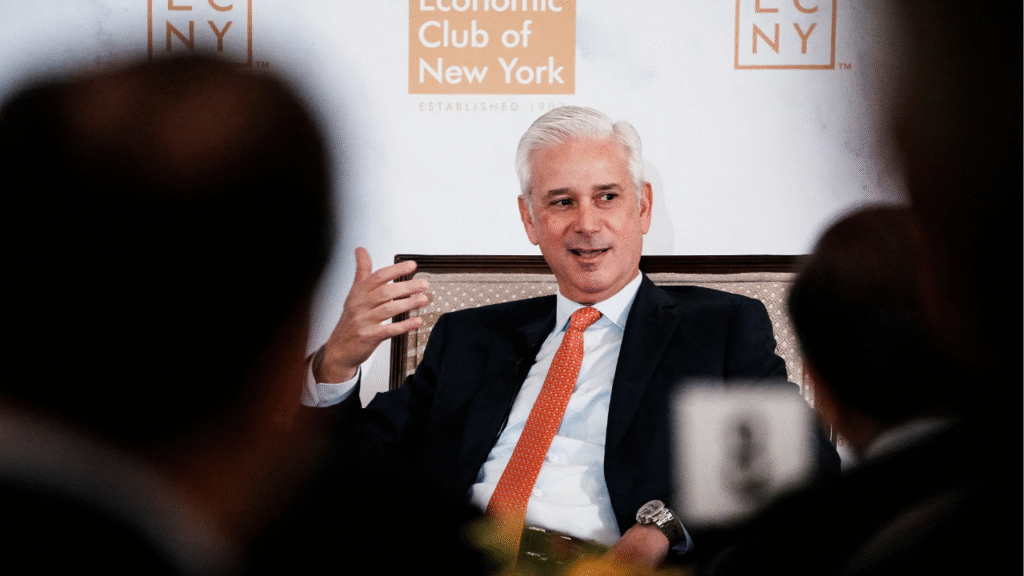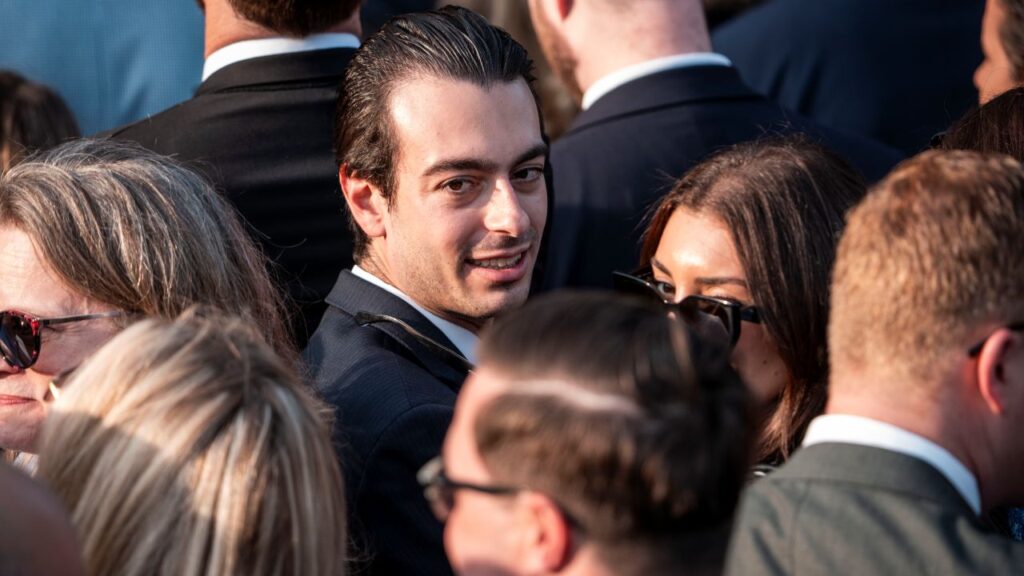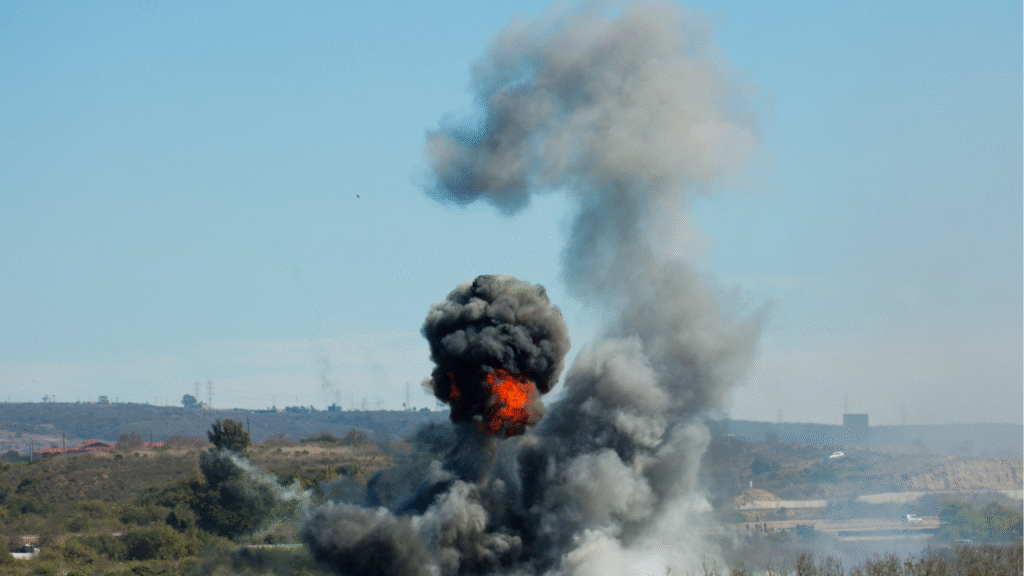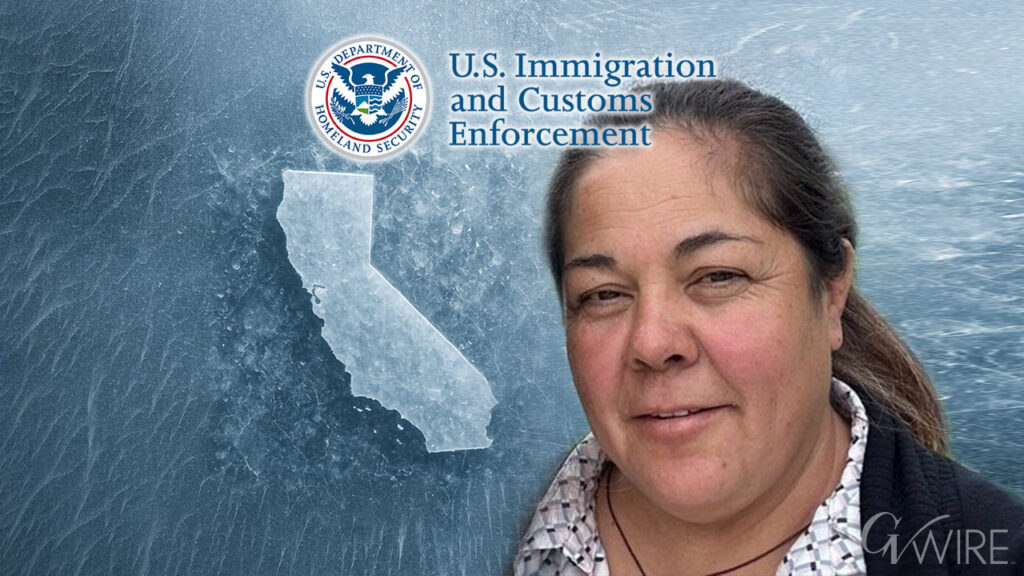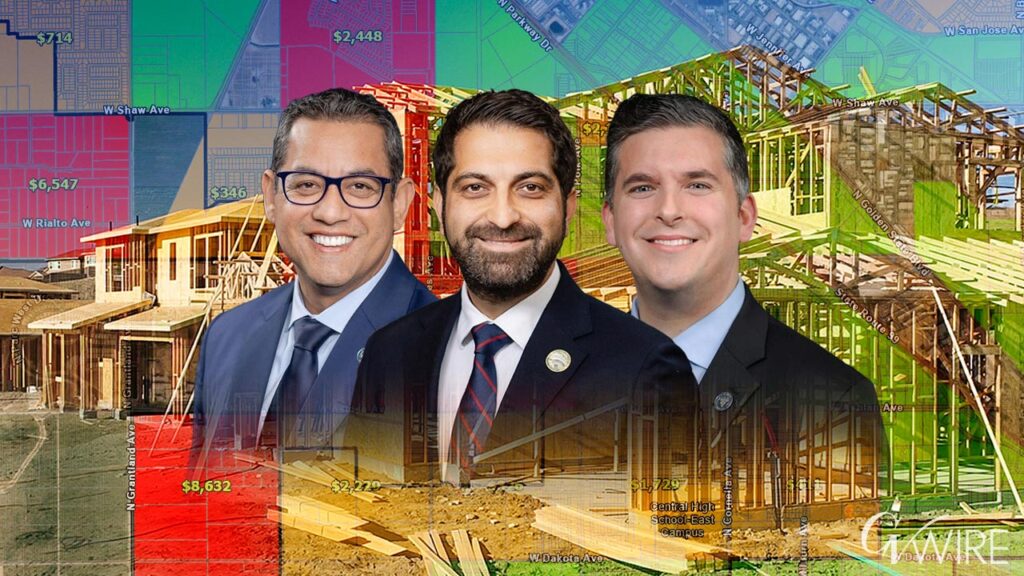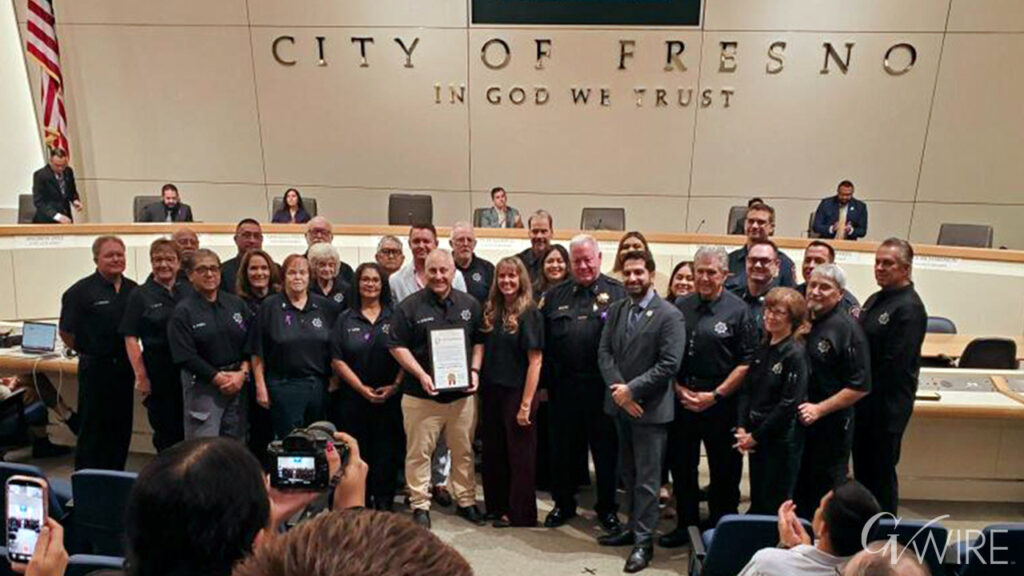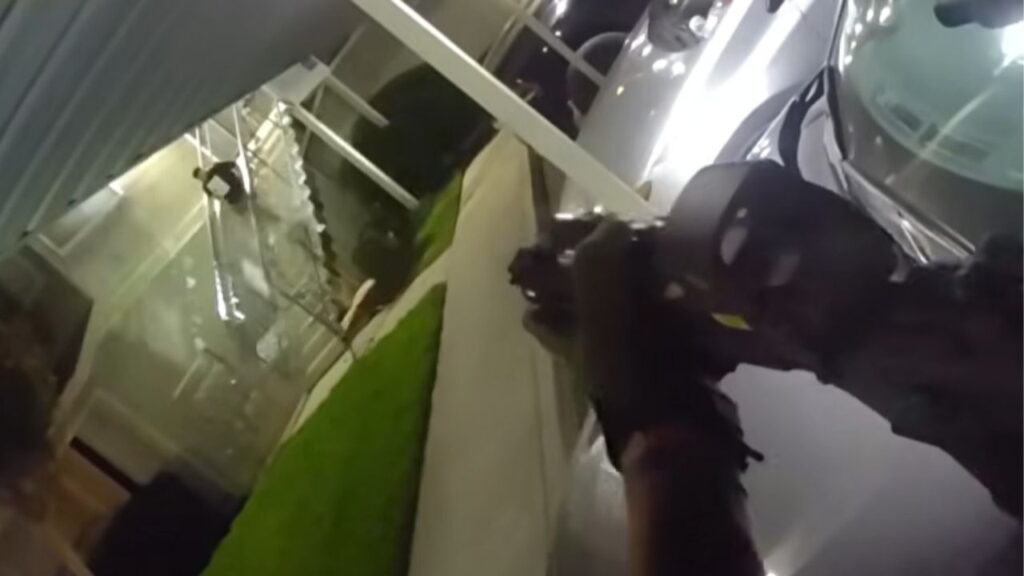President Donald Trump takes questions from at the White House in Washington, D.C., Monday, May 5, 2025. The president suggested Catholics, who have criticized the apparently A.I.-generated image, were not offended, and said that anyone who was “can’t take a joke.” (Eric Lee/The New York Times)

- “Somebody made up a picture of me dressed like the pope, and they put it out on the internet. That’s not me that did it," says President Trump.
- President insists that "Catholics loved it."
- However, Catholics across the U.S., including a prominent American cardinal, suggest the image is offensive.
Share
|
Getting your Trinity Audio player ready...
|
WASHINGTON — President Donald Trump said Monday that he “had nothing to do with” a depiction of himself as the pope that was shared on his and White House social media accounts over the weekend, distancing himself from the apparently artificial intelligence-generated image that has agitated Catholics.
“I had nothing to do with it,” Trump said while taking questions in the Oval Office. “Somebody made up a picture of me dressed like the pope, and they put it out on the internet. That’s not me that did it, I have no idea where it came from — maybe it was AI. But I have no idea where it came from.”
Trump, responding to a question about Catholics who are displeased with the image of him dressed in white papal robes and a ceremonial headdress, also attempted to downplay the mounting criticism.
“Trolling the libs” is more important to Trump than respecting the memory of Pope Francis and he’s demeaning the upcoming Conclave. As a Catholic of 40 yrs, I’d like to see Catholics defend this lunacy. This is blasphemy. pic.twitter.com/TqhMCK0tJb
— Lila F 🧡💙🧡💙 (@LilaF1987) May 3, 2025
‘The Catholics Loved It’
“They can’t take a joke,” Trump said, quickly telling the reporter, “You don’t mean the Catholics; you mean the fake news media. The Catholics loved it.”
But Catholics across the country, including a prominent American cardinal, have suggested the image is offensive, especially as they mourn the death of Pope Francis. Cardinal Timothy M. Dolan of New York, in Rome for the papal conclave, said when asked about the image Sunday that he hoped it was not the president’s doing.
“I hope he didn’t have anything to do with that,” Dolan said. Asked if he was offended by it, the cardinal demurred but called the image a “brutta figura,” meaning it had made a bad impression.
MAJOR BREAKING: Catholic Cardinal Dolan slams Trump‘s post on social media showing him dressed as the pope: “It wasn’t good.” Dolan also called it a “brutta figura” which in Italian roughly translates to “making a fool of yourself.” He’s right.
— CALL TO ACTIVISM (@CalltoActivism) May 4, 2025
While the president insisted he did not know about the image of himself as pope, it was posted by the White House on the social platform X and by his own Truth Social account, which has shared several apparently AI-generated images.
Asked by reporters last week who he would like to be pope, Trump first made the joke that he was his own “No. 1” choice. He then referred to Dolan as “a very good” option. (Dolan is not a likely candidate.)
Melania Trump Is a Catholic
Trump is not Catholic, but his wife, Melania Trump, is Roman Catholic. Melania Trump was apparently fond of the image of her husband in papal vestments.
“Actually, my wife thought it was cute,” Trump insisted Monday in the Oval Office. “She said, ‘Isn’t that nice?’”
Some Catholic leaders in the United States had said the image could be interpreted as a mockery of their faith. “It’s never appropriate to ridicule or mock the papacy,” Dennis Poust, the executive director of the New York State Catholic Conference, the public policy arm for the state’s Catholic bishops, told The New York Times.
Trump wooed votes from the nation’s Catholics during both of his campaigns, and during the 2024 race, he chose a vice president who converted to Catholicism as an adult. Vice President JD Vance has been open about how his faith informs his politics.
“I’m fine with people telling jokes,” Vance posted on social media in response to a question about the image.
This article originally appeared in The New York Times.
By Aishvarya Kavi and Eric Lee
c.2025 The New York Times Company








